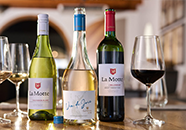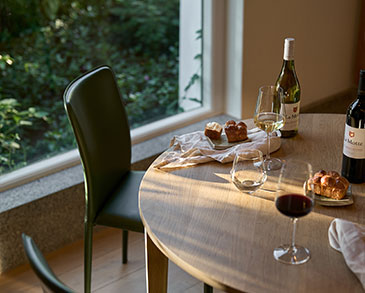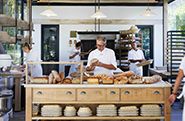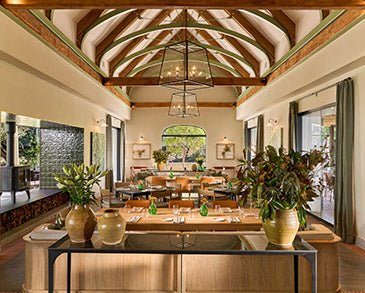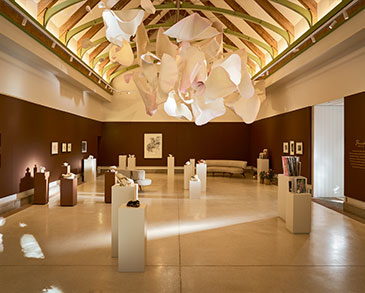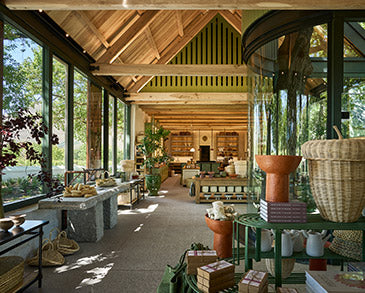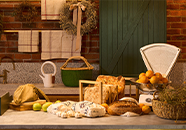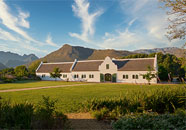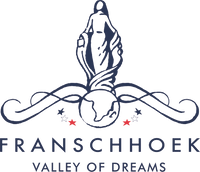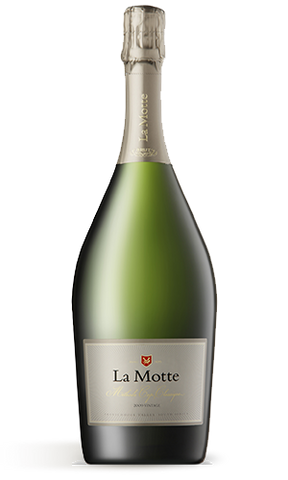
La Motte Méthode Cap Classique (MCC) originates from Franschhoek and the Chardonnay as well as Pinot Noir grapes from which the wine was made, were produced on La Motte. Vineyards lie against a southern slope 200 metres above sea level.
The preceding winter ensured good dormancy and favourable ground-water levels. However, winter was late and hampered budding of some varietals marginally. Rains during flowering could also have caused generally lower harvest volumes. A dry but cool summer followed and ensured a good ripening tempo. The Pinot Noir was harvested on 29 January 2009 and the Chardonnay on 2 February. As a result of organic management the Chardonnay was mildly affected by powdery mildew. The wine was, however, not affected negatively
The preceding winter ensured good dormancy and favourable ground-water levels. However, winter was late and hampered budding of some varietals marginally. Rains during flowering could also have caused generally lower harvest volumes. A dry but cool summer followed and ensured a good ripening tempo. The Pinot Noir was harvested on 29 January 2009 and the Chardonnay on 2 February. As a result of organic management the Chardonnay was mildly affected by powdery mildew. The wine was, however, not affected negatively
The grapes were harvested at between 18 and 20 degrees Balling and the Chardonnay and Pinot Noir were fermented separately. Bunches were whole-pressed according to a programmed sparkling wine programme, the juice was allowed to settle, whereafter the clear juice was cool-fermented. Fermentation was followed by blending in the ratio 60% Chardonnay and 40% Pinot Noir. After stabilisation, the wine was sweetened, inoculated and then bottled on 10 September 2009. Fermentation was in the bottles and the wine was matured on the lees for 25 months. The lees was removed in November 2011 and only 3 100 bottles were released
An excellent season yielded a wine with depth and complexity. After 25 months on the lees, secondary flavours such as dough and earthy flavours are more prominent than the primary fruit flavours. Although the Chardonnay is dominant, the wine has a light salmon colour with a very fine bubbling.
Alcohol 12,72%
Residual sugar 6,13 g/l
Total acid 7,76 g/l
pH 3,32

